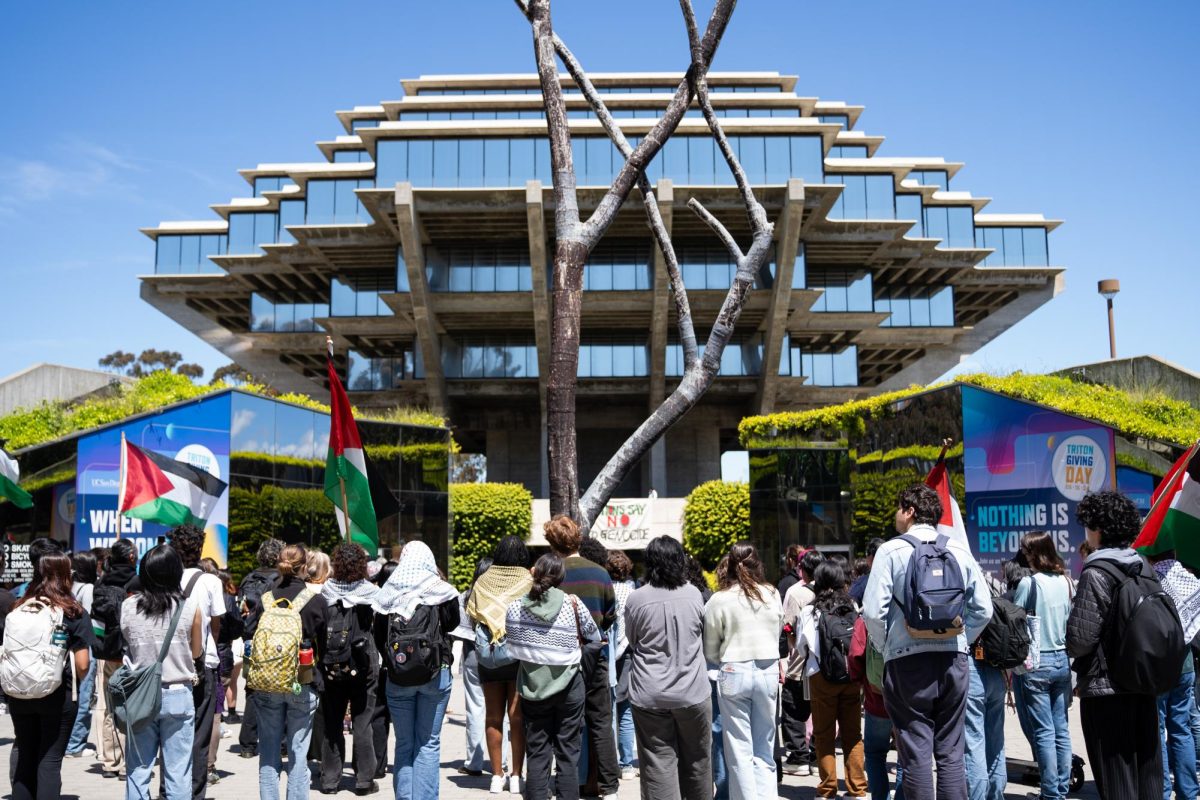A study released by San Diego State University tracking the sexual trends of young people over several decades has found that today’s youth, particularly young women, are more sexually permissive in both their attitudes and actions than ever before.
“Television programs and movies regularly mention topics such as teenage pregnancy, abortion, sexually transmitted diseases and rape, whereas 30 years ago these topics were taboo,” the study stated. “This shift to more liberal sexual attitudes and behaviors, commonly deemed the ‘sexual revolution,’ has dramatically altered American culture.”
The report compiled the findings of 530 different studies concerning the sexual behaviors and attitudes of youth, ranging from 1943 to 1999, allowing for an examination of “historical changes in young people’s sexual behavior and attitudes across a large number of samples collected over many years,” it stated.
Included in the data is the fact that young people are having sex dramatically earlier, with the average age reaching an all–time low of 15 years old in 1999.
“If anything surprised me, it was that the average age at first intercourse was now 15 for both men and women,” said Jean Twenge, San Diego State psychology professor and co-author of the study. “Before doing this study, I was expecting this number to be about 16 or 17.”
The study also found a heavy increase in young people’s participation in oral sex, with rates jumping from 48 percent of young men having engaged in oral sex in 1969, to 72 percent in 1999. The statistics for giving and receiving oral sex are slightly more dramatic for women — 42 percent of young women in 1969 stated to have such behaviors as opposed to 71 percent in 1993. Co-author Brooke Wells, a research assistant for the graduate center of City University of New York, is a former San Diego State graduate student from whose master’s thesis the study eventually evolved. She said that the rise in oral sex could be attributed to the presence of abstinence-only education in many schools.
“Abstinence-only education isn’t giving kids all the information that they need,” Wells said. “There’s been a rise not only in oral sex but in anal sex as well. If you plan on keeping your vaginal virginity, which is all that has been taught, then you’ll resort to alternate forms of sexual expression.”
Education is important to exploring sexuality, especially at a young age, Wells said.
The study tracks not only sexual practices but also attitudes, such as feelings of sexual guilt and views on premarital sex, and changes were more dramatic for women than for men.
“Women have social value now as members of the public society … so as their value in broader terms increases there’s less of a concern about their sexual purity,” said Mary Blair-Loy, professor of sociology and director of graduate studies at UCSD. “Purity is no longer their only selling point.”
Over the course of five decades, the number of women who approve of premarital sex has increased drastically. As of 1999, 73 percent of women felt the practice to be acceptable. In 1943, however, the numbers were quite different, with only 12 percent of women deeming the act appropriate. This 61 percent rise is much higher than that recorded among men, which saw an increase of 39 percent with 79 percent of young men approving.
“The experiences of men and women are not as segregated, and it’s not surprising that their announced sexual behavior is becoming more similar,” Blair-Loy said. “There used to be this ‘boys will be boys’ attitude toward men, while women were more tightly constrained — this double standard is now waning.”
Wells also attributed some of the changes to the increased presence of contraceptives.
“The sexual revolution and feminism … these changes are definitely cultural,” Wells said. “Birth control also helped a lot to level the playing field between men and women. … There’s much less of a gap now.”
The changes in the trends of sexual practice and behavior were examined in the context of other events within the designated time frame, including the onset of A.I.D.S. and a rising divorce rate. With A.I.D.S., the study found that, as the number of people affected by the epidemic heightened, younger people reported fewer numbers of sexual partners. Also, the increasing divorce rate paralleled an increase in sexual practices and behaviors of youth. The study also examined the hypothesis of whether a sexually conservative trend occurred in the 1980-90s after the “peak of the sexual revolution” in the 1960s. The study did not support the hypothesis.
“People have the perception that the sexual revolution happened in the late ’60s and ’70s, but we definitely found that this change continued into the ’80s and ’90s,” Twenge said.
Sexual permissiveness steadily increased throughout the decades, the study found, rather than spiking radically during one period of time.







